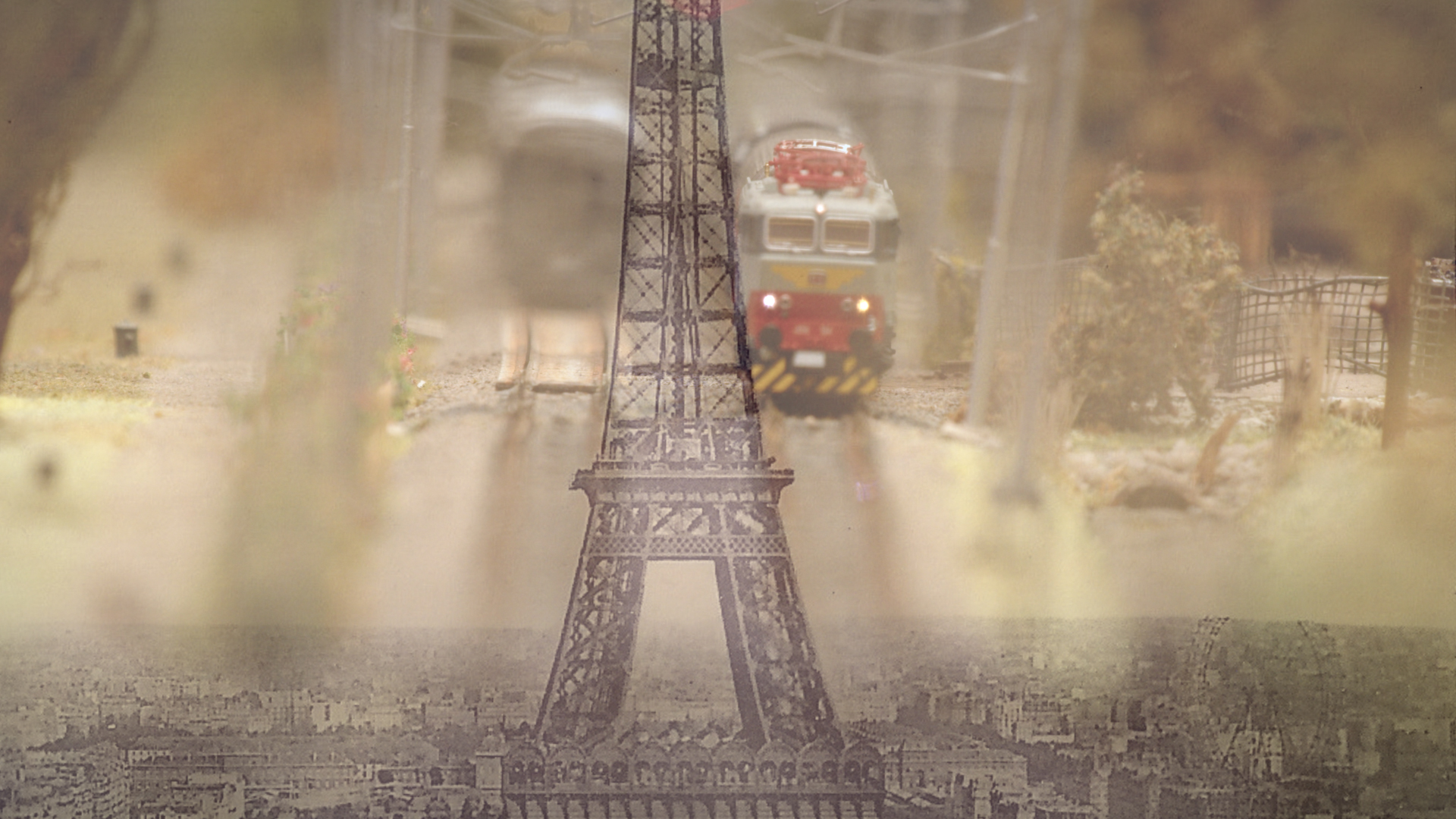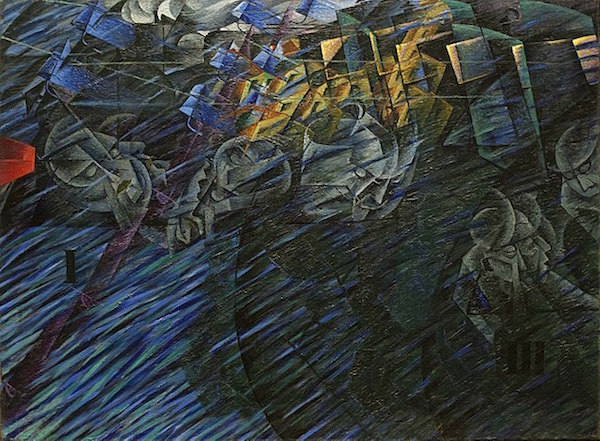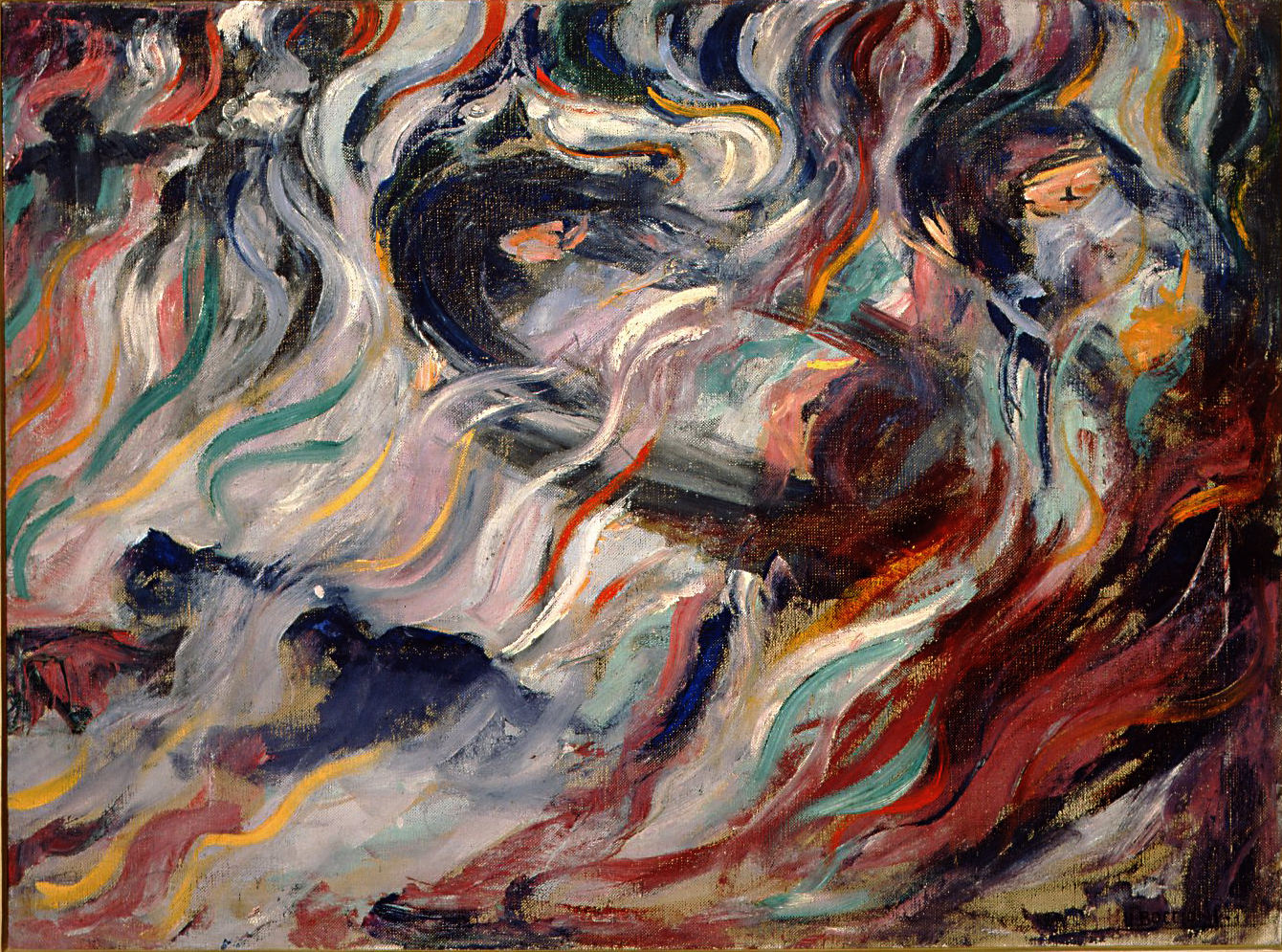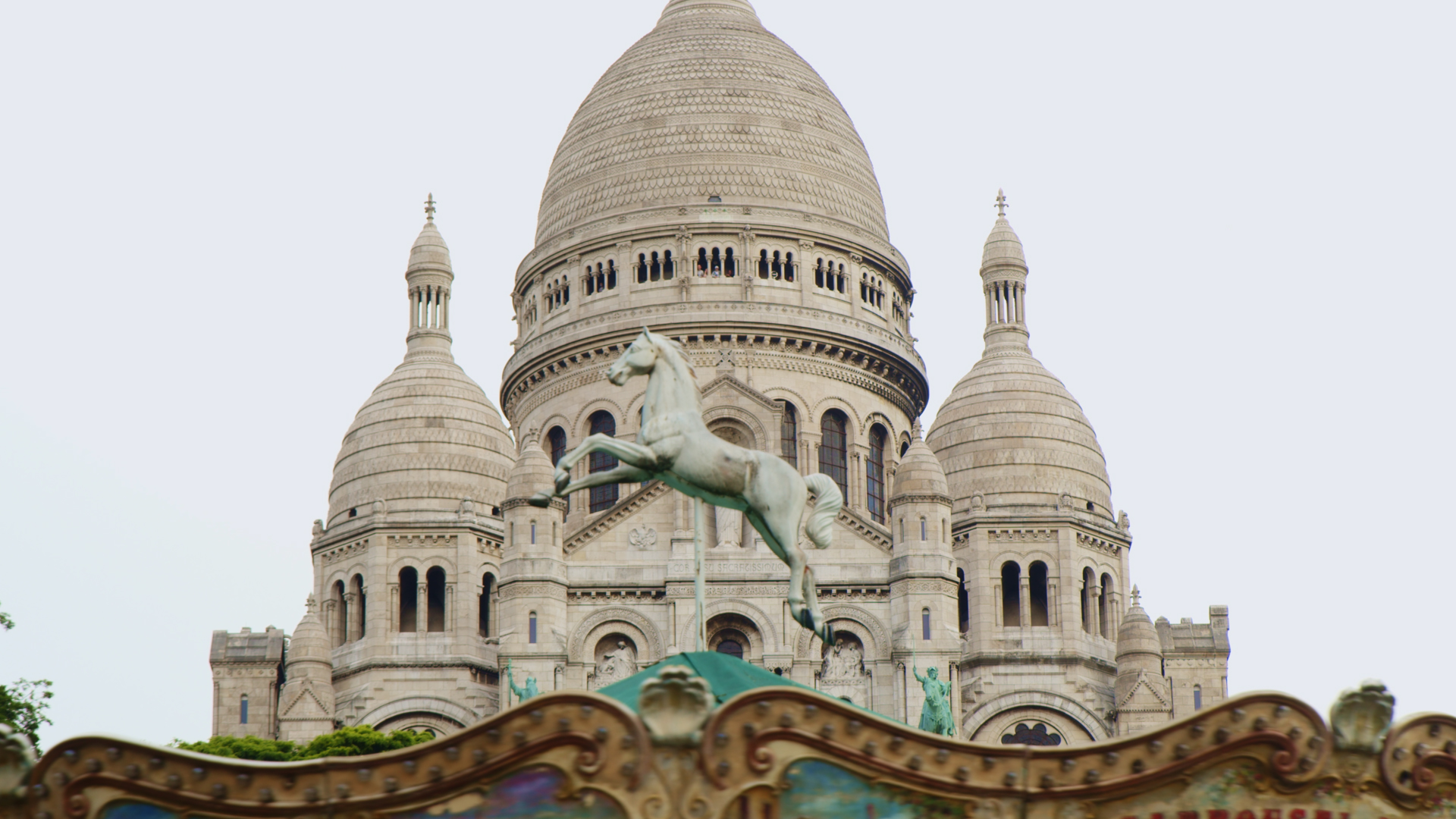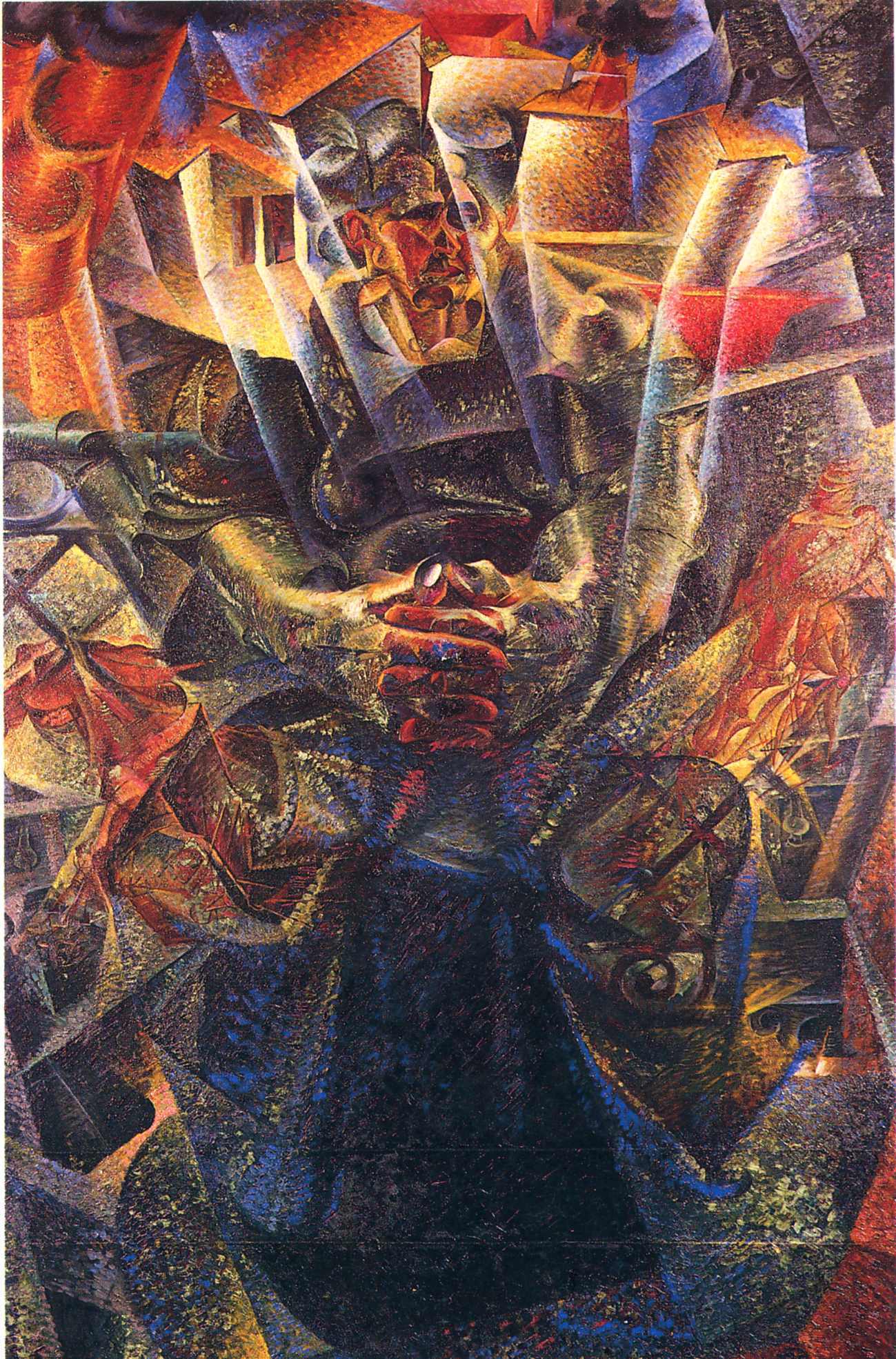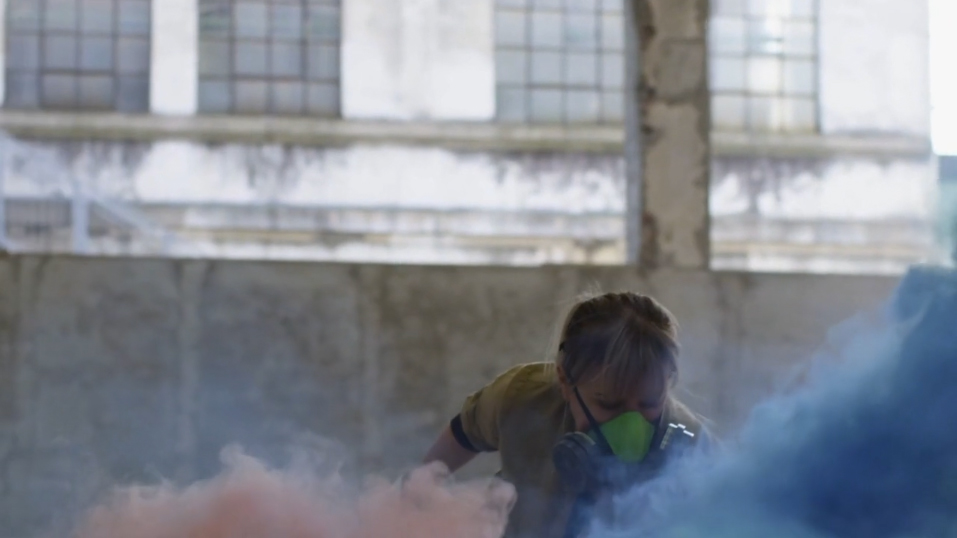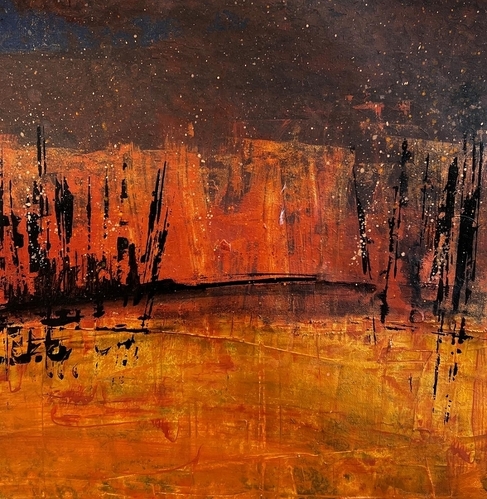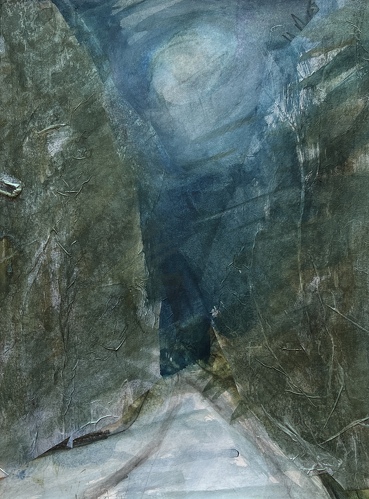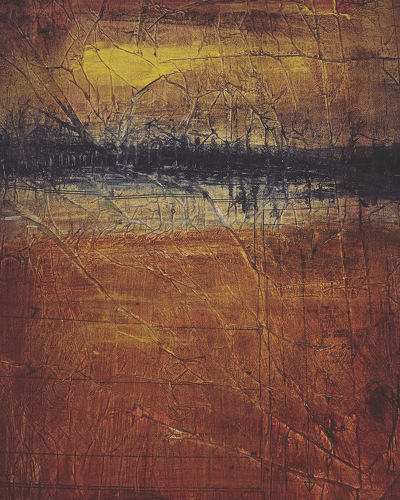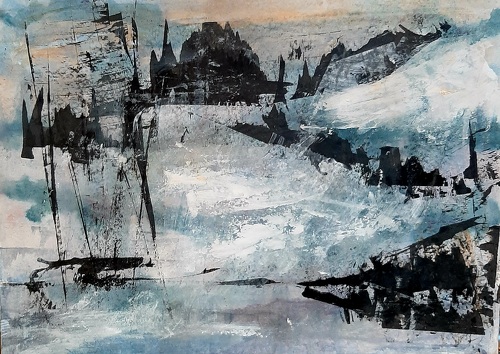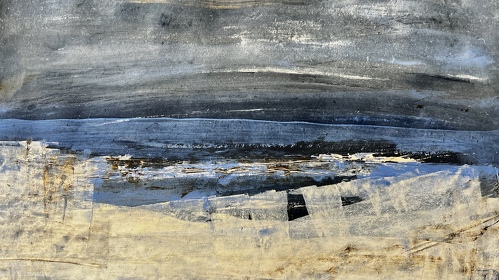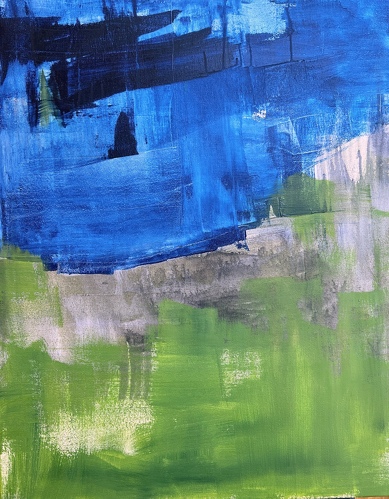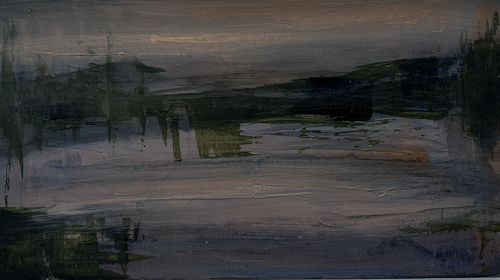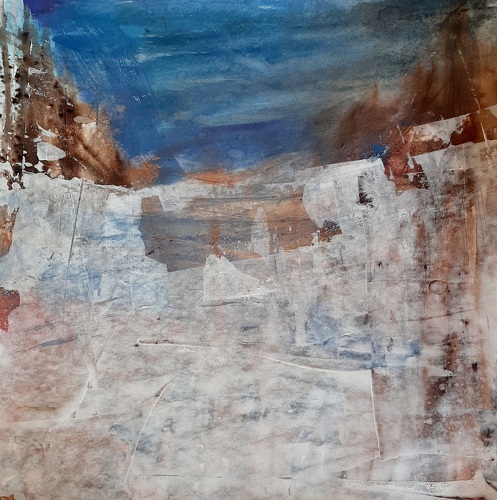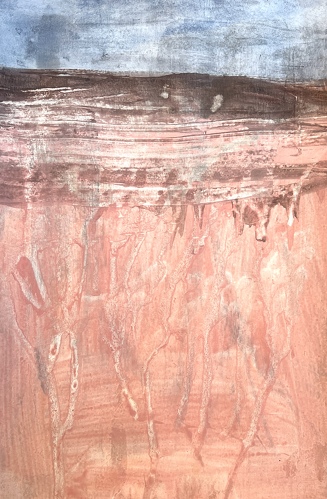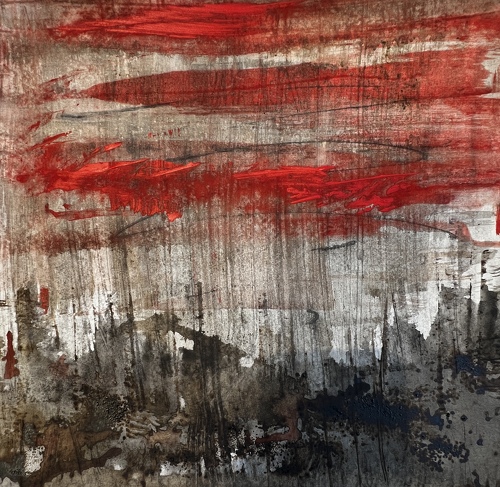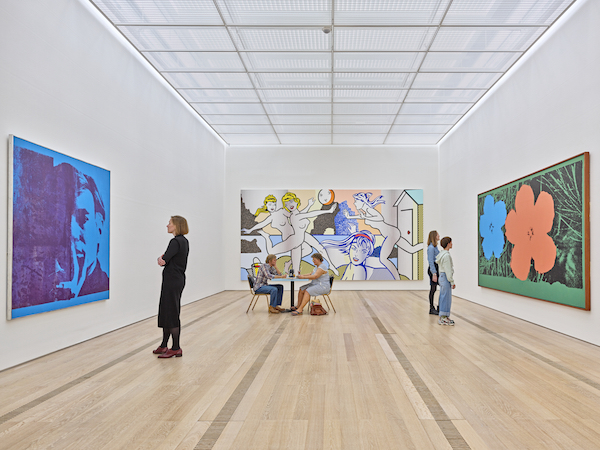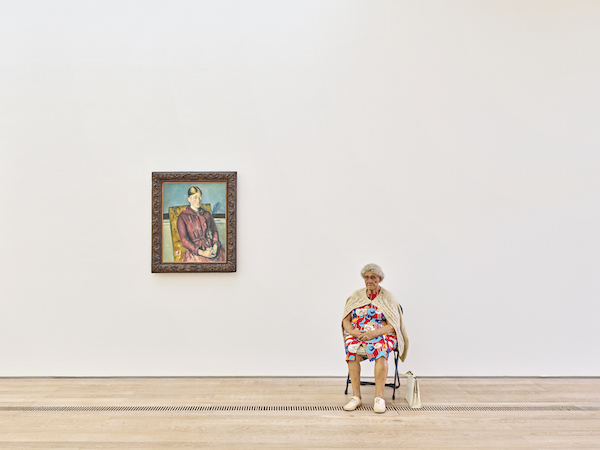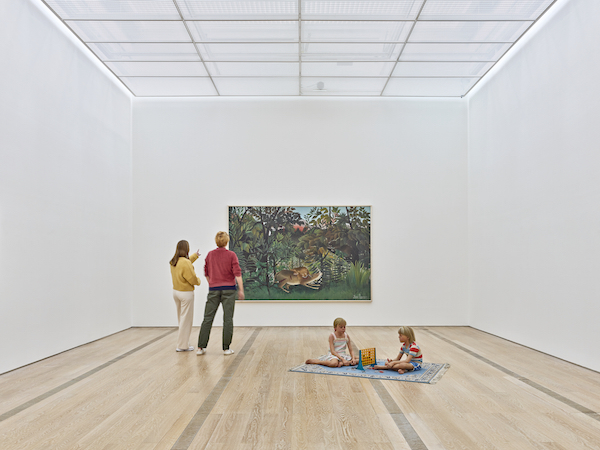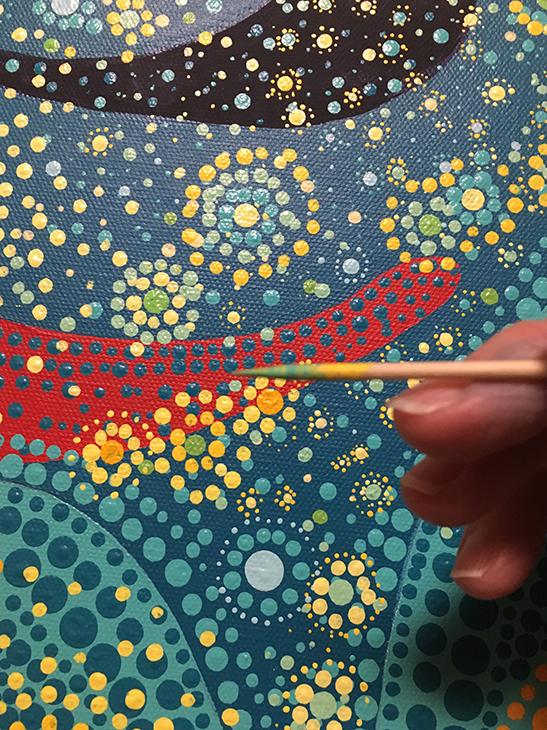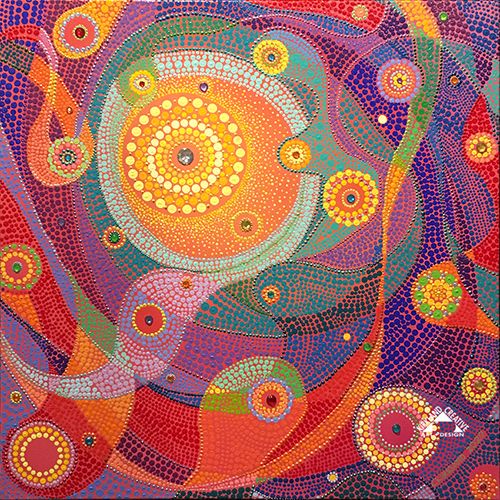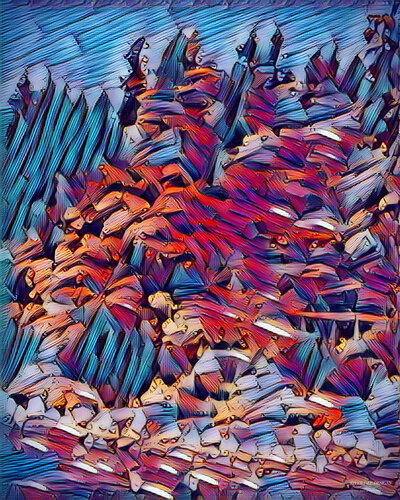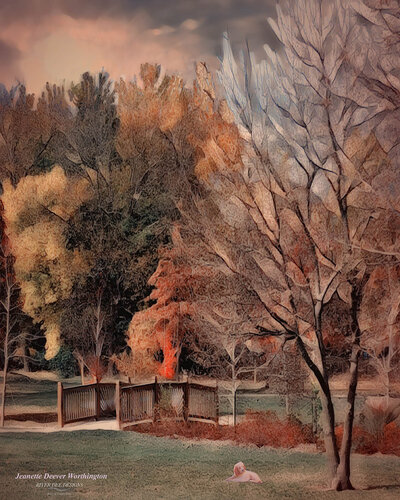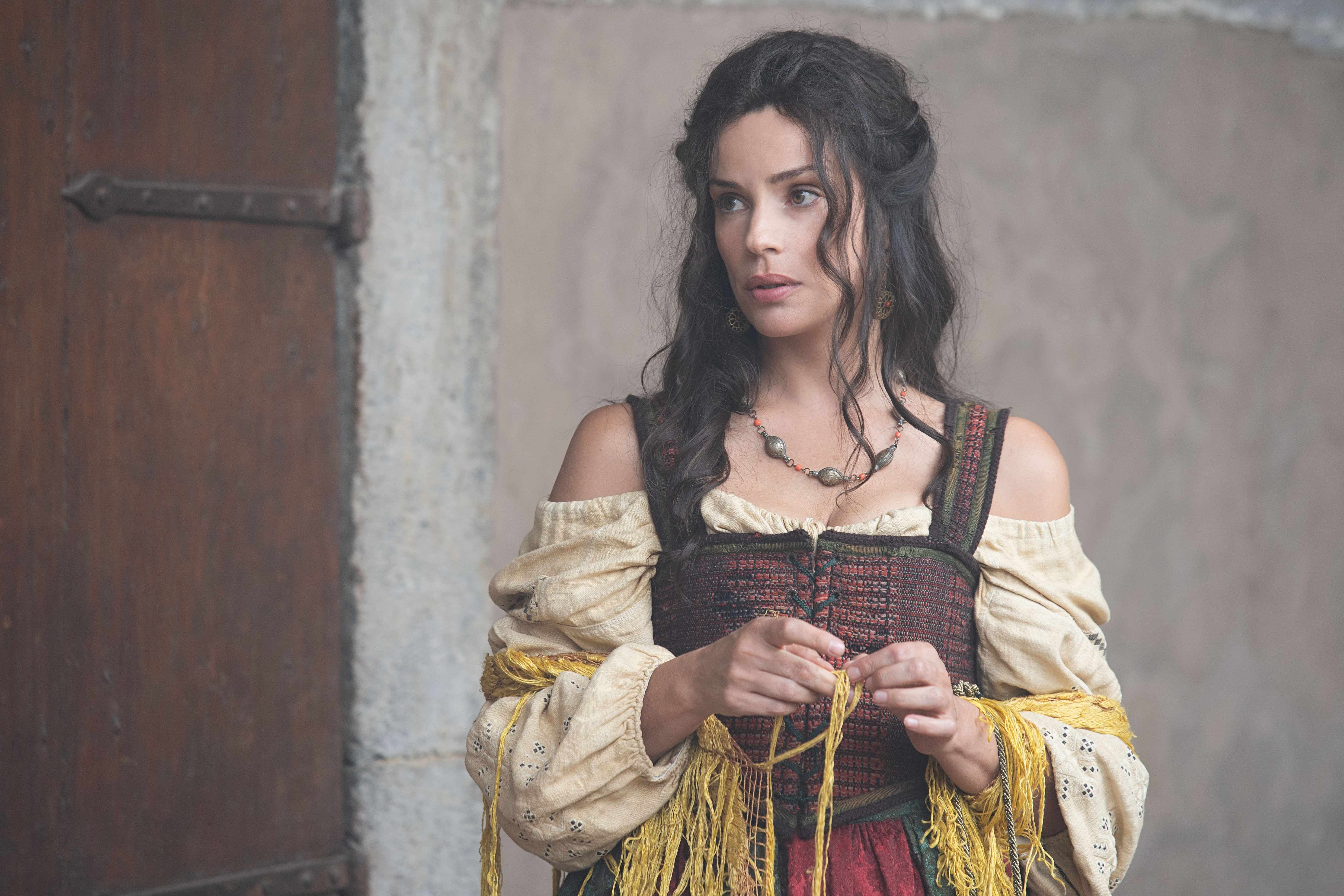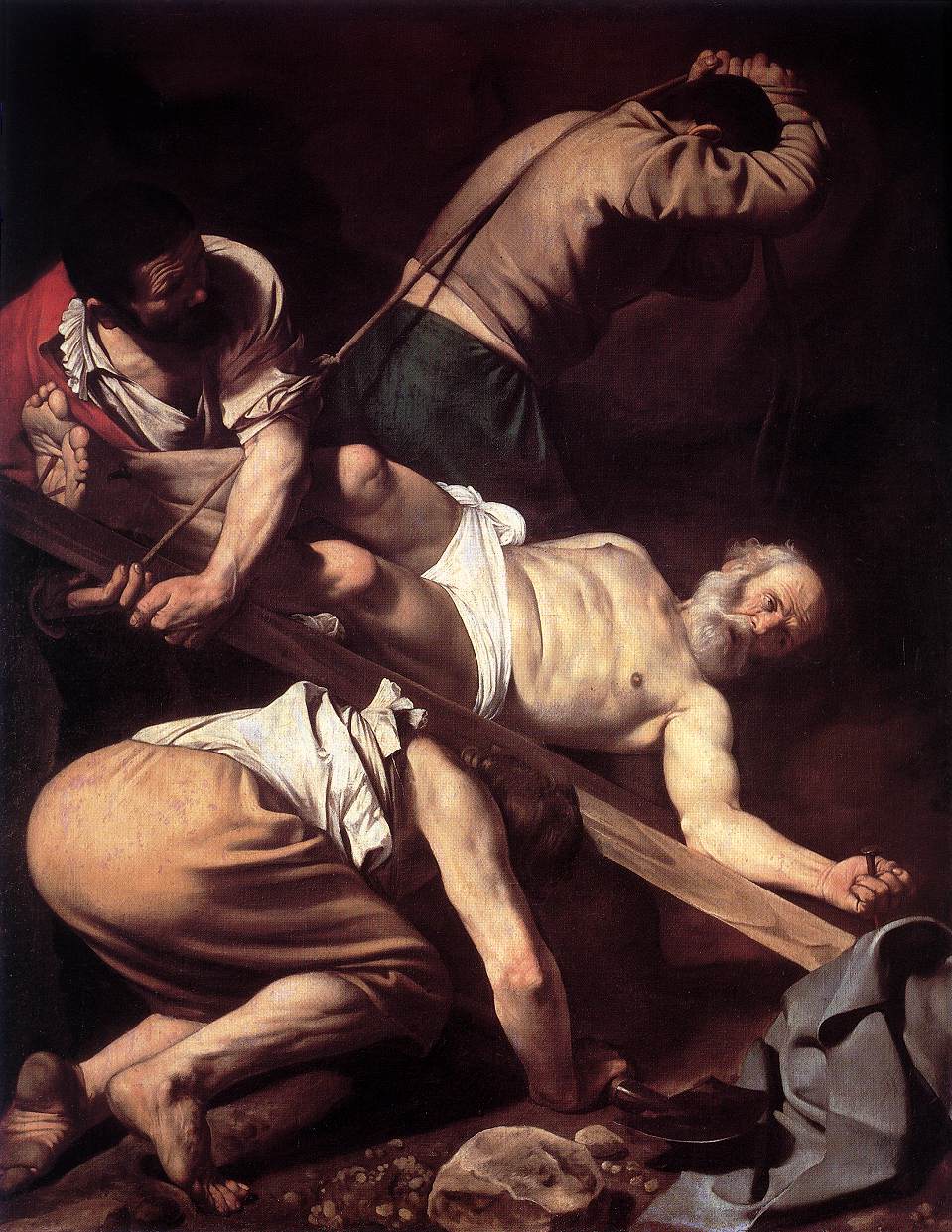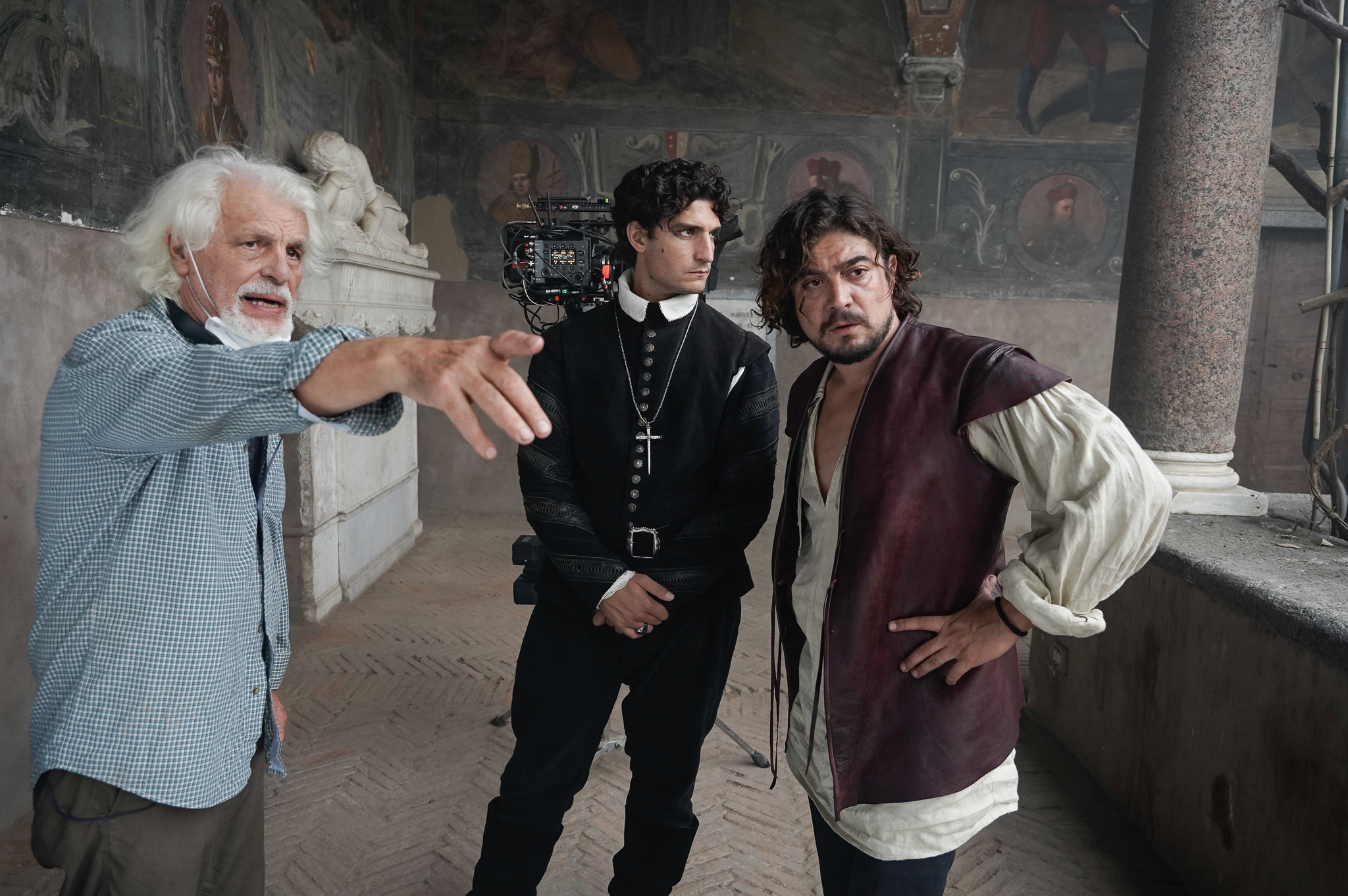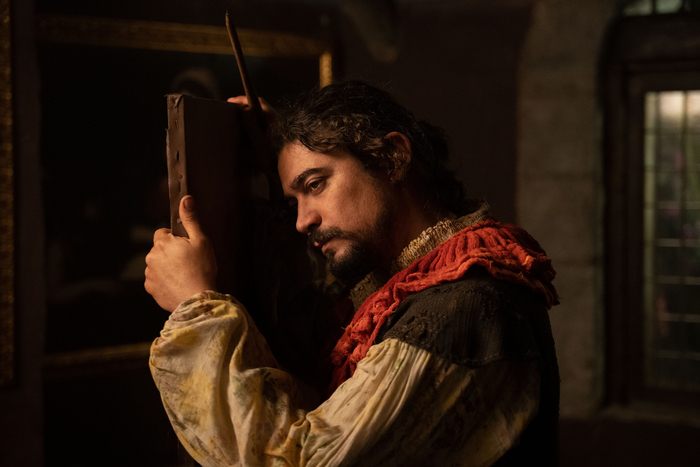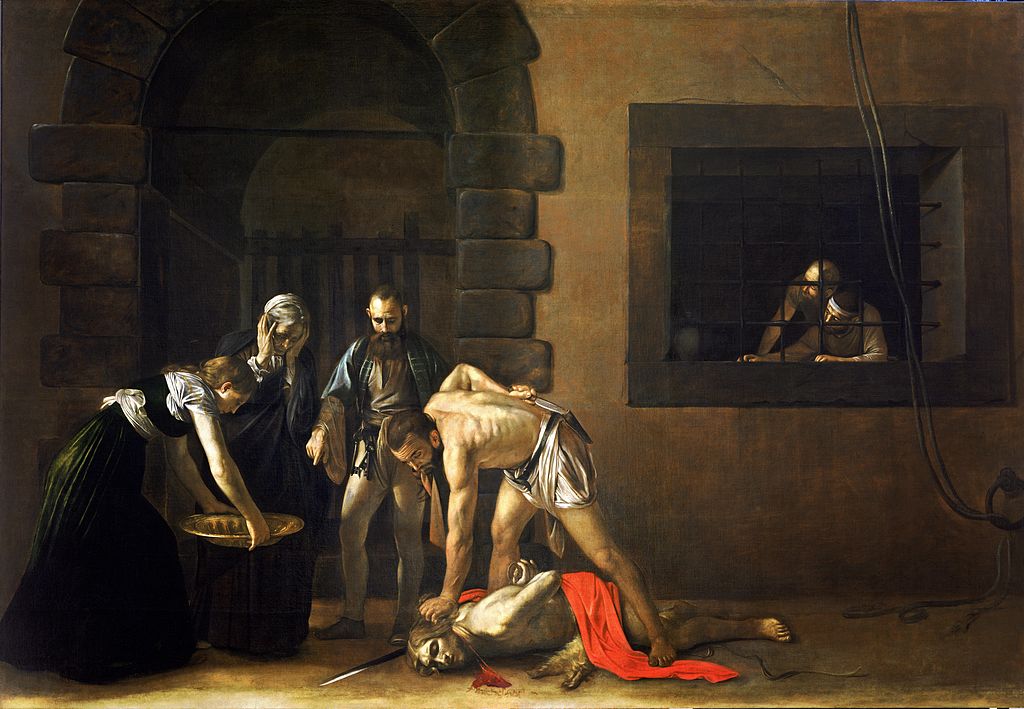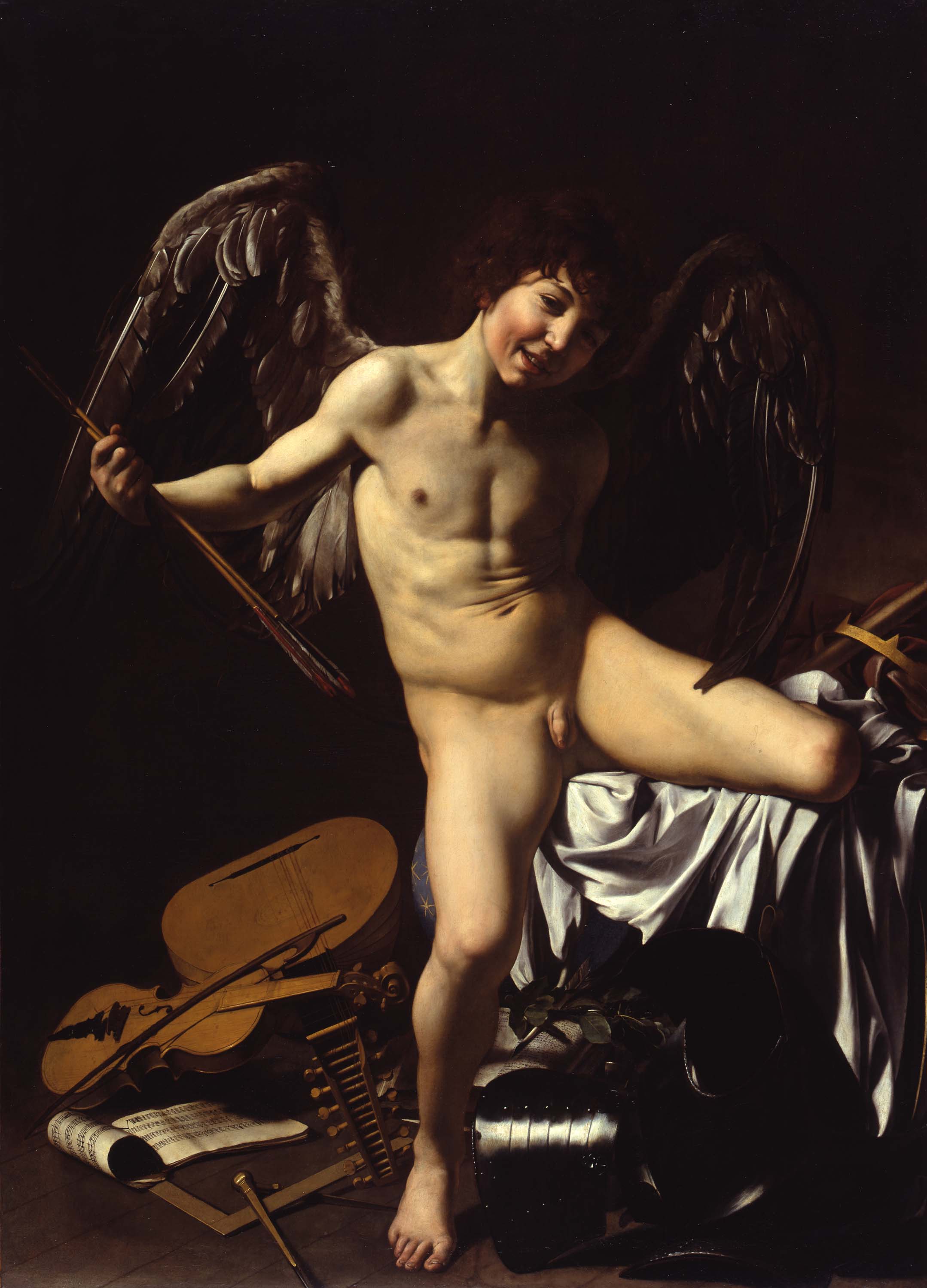Questa mostra è stata selezionata come parte di Torino Oomph / Roma Oomphuna carrellata dei migliori spettacoli in queste città nel mese di novembre 2022.
Nel nuovo allestimento delle collezioni preistoriche del Museo delle Civiltà, “Preistoria? Storie dall’Antropocene” mette in discussione la definizione stessa di “preistoria”, una “storia” che afferma essere composta da testimonianze materiali che collettivamente evidenziano complessi sistemi di pensiero, invenzioni culturali, nonché organizzazione economica, politica e sociale.
La selezione di oggetti in mostra, incluso il NeanderthalGuattari 1teschio del Circeo, le tre “Veneri” dei siti di Savignano, Lago Trasimeno e La Marmotta, le piroghe rinvenute sul fondo del Lago di Bracciano insieme a centinaia di reperti dal villaggio neolitico di La Marmotta, e ilFibula Prenestina—raccontare una storia dell’Antropocene, cioè l’età di millenni in cui gli esseri umani hanno convissuto con altre specie viventi. La sezione si conclude con il primo capitolo dellaominazione fantasiosa, disegnato dall’artista e graphic designer Goda Budvytytė e dalla studiosa di nanotecnologie Laura Tripaldi che immaginano potenziali sviluppi evolutivi, e quindi ci rendono consapevoli e responsabili partecipanti alla creazione della nuova storia che deve ancora venire. In questa sezione sono presenti anche gli interventi di due artisti contemporanei: l’artista libanese Ali Cherri, recentemente vincitore del Leone d’argento alla Biennale di Venezia, il cui filmLo scavatoreè stata acquisita dal Museo delle Civiltà, e l’artista e antropologa Elizabeth A. Povinelli, membro del collettivo indigeno australiano Karrabing Film & Art Collective, che è intervenuta sulle pareti del percorso espositivo per riflettere sul concetto di “preistoria”, ri -interpretato come “sedimentazione” continua.


